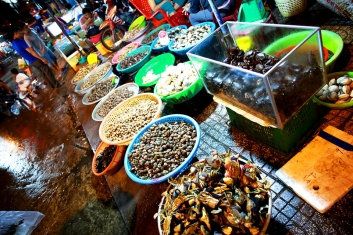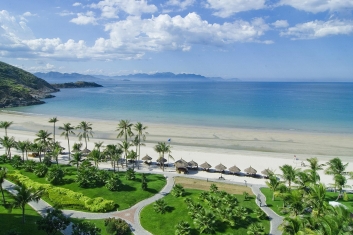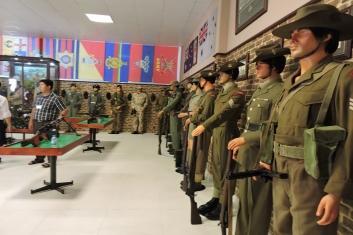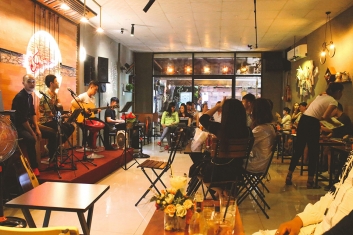![]() Vietnam Travel Guide
Vietnam Travel Guide
Hanoi’s Names And The Historical Story Behind
The region around present-day Hanoi was settled in prehistoric times, and the location was often chosen as a political center by Chinese conquerors. In 1010, Ly Thai To King, the first ruler of the Ly dynasty (1009–1225) of Vietnam, chose the site of Hanoi which was then called Thang Long (“Rising Dragon”) as his capital.

Thang Long remained the main capital of Vietnam from then until 1802, when the last Vietnamese dynasty, the Nguyen (1802–1945), relocated the capital south to Hue. The city occasionally was changed a name for periods of time, and one of these names, Dong Kinh, given to it through the Later Le dynasty (1428–1787), became corrupted by Europeans to Tonquin.
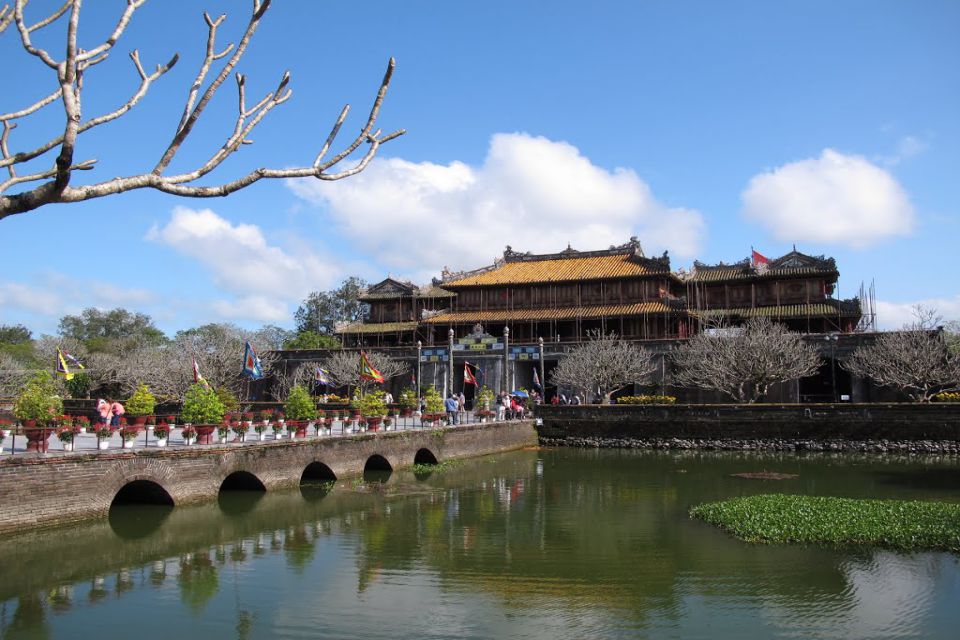
During the French colonial period (1883–1945) the name Tonkin was used to denote to the entire region
In 1831 the city was renamed Ha Noi (“Within Rivers”) by the Nguyen dynasty.
Under French rule, Hanoi again became an important administrative center. In 1902 it was considered as the capital of French Indochina. This was essential because of Tonkin’s proximity to southern China, where the French sought to expand their influence e, and because of Tonkin’s mineral resources. Hanoi remained the administrative center during the Japanese occupation (1940–45) of the region.
In August 1945, after the Japanese surrender, the Viet Minh under the leadership of Ho Chi Minh seized power in Hanoi, and the city became the capital of the Democratic Republic of Vietnam. However, the French reasserted their control over Hanoi from 1946 until their defeat at Dien Bien Phu on May 7, 1954. Shortly after Hanoi became the capital of the Democratic Republic of Vietnam (North Vietnam).
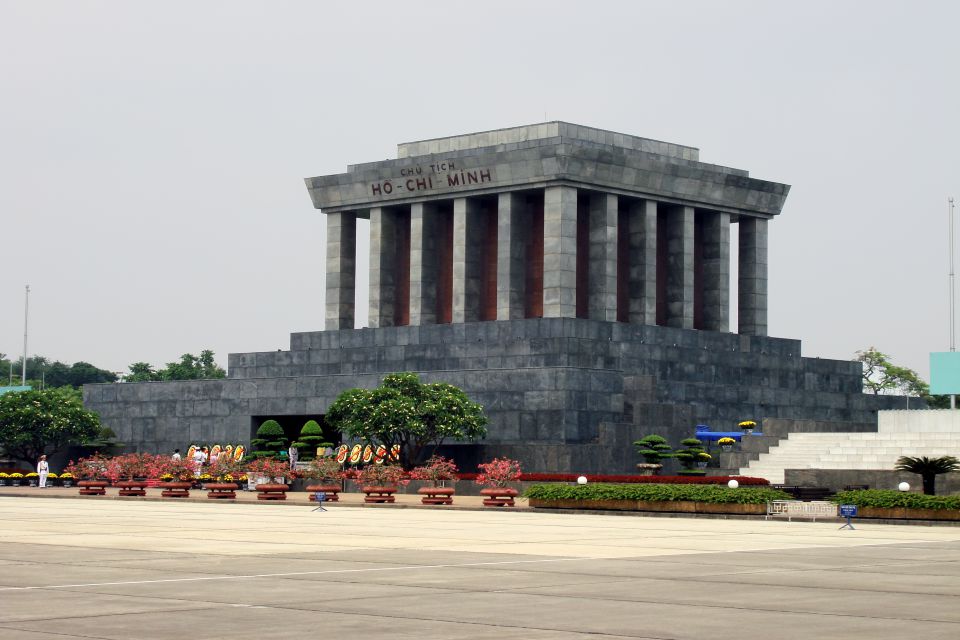
During a period of the Vietnam War time, Hanoi became a mass by the bombing of Hanoi by the United States in 1965, 1968, and 1972. And then, after the collapse of South Vietnam on April 30, 1975, North Vietnam got the control to over all of Vietnam. On July 2, 1976, the Socialist Republic of Vietnam was proclaimed, and Hanoi was chosen as its capital. The city observed its 1,000th anniversary in early October 2010 by staging a number of events for tourists to join.
Copyright © 2016 Journey Vietnam.


